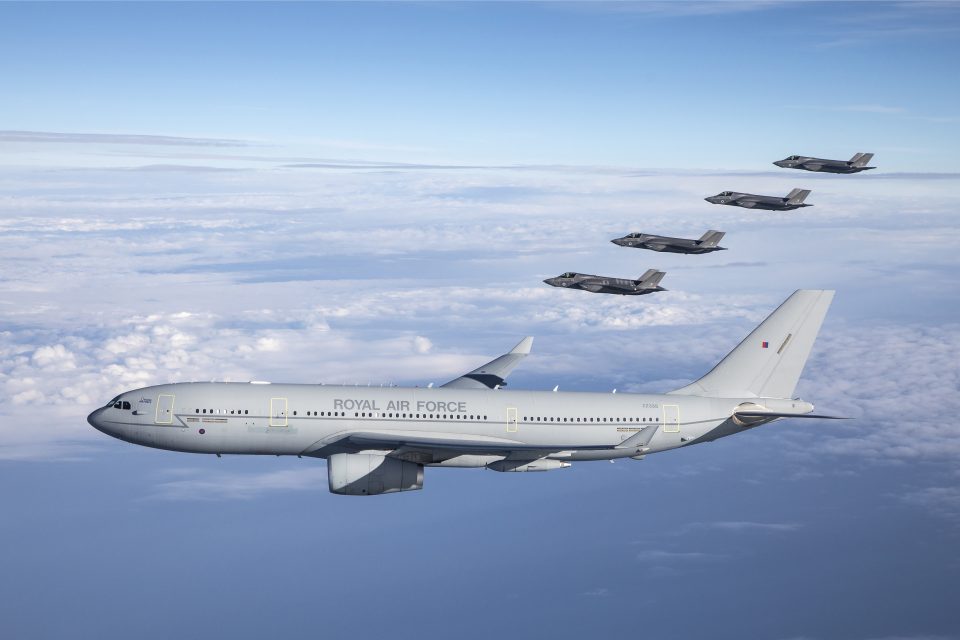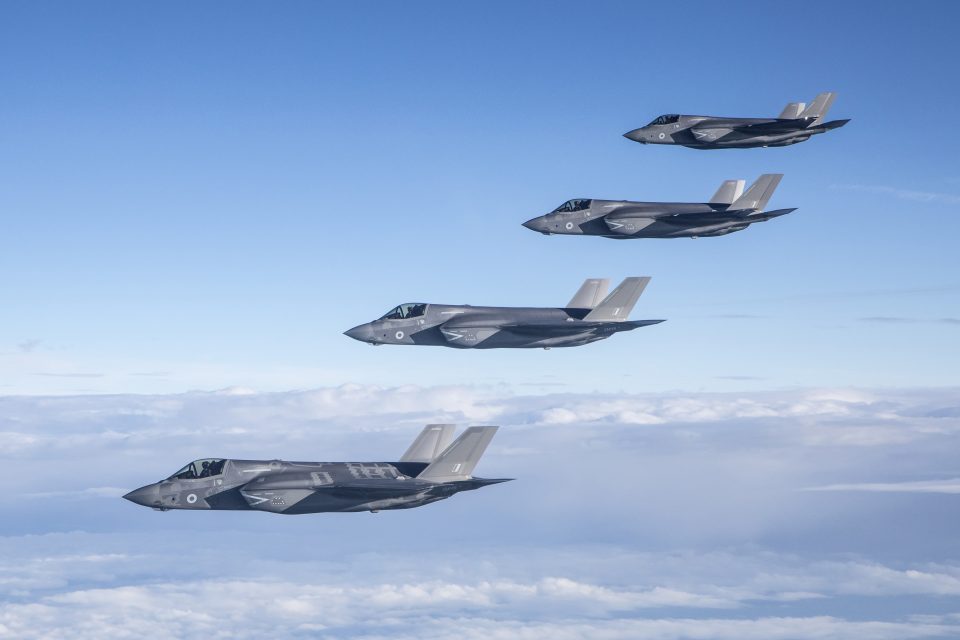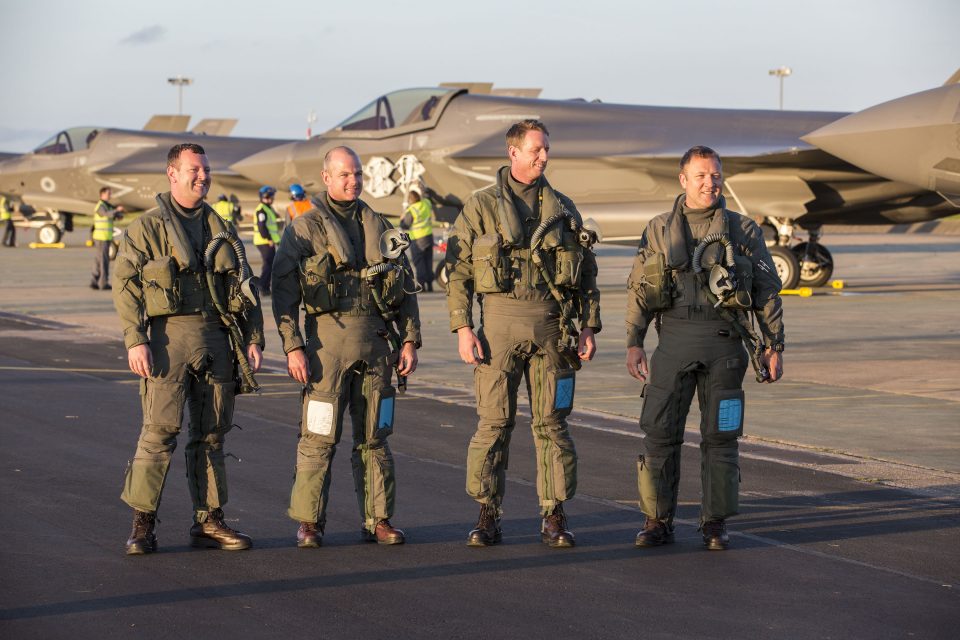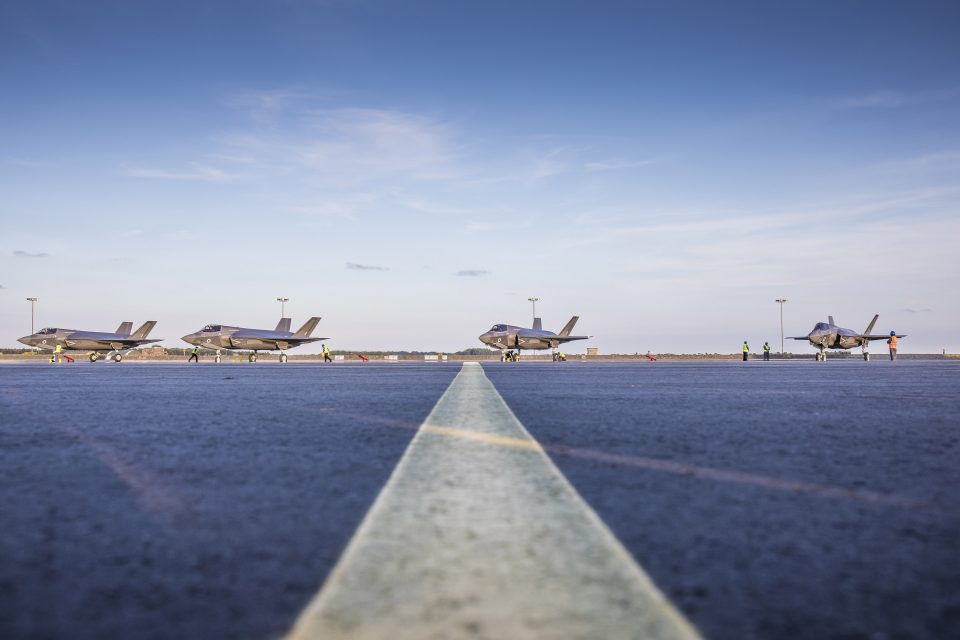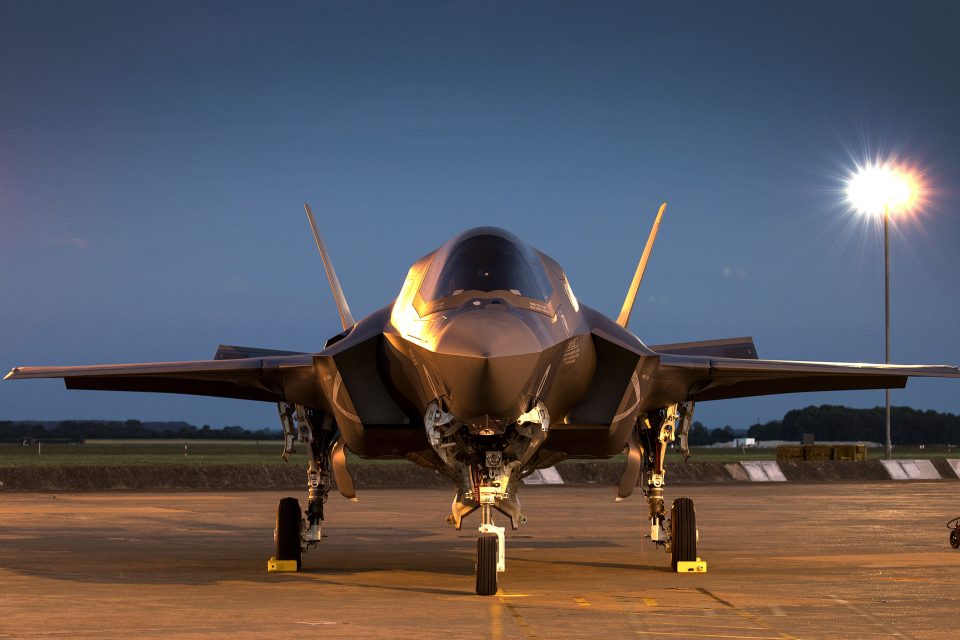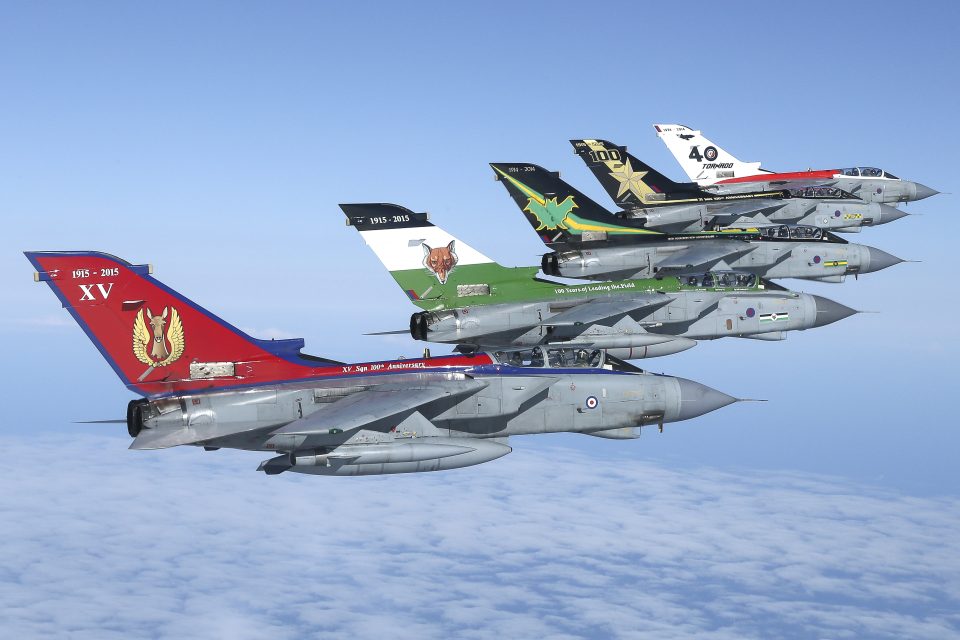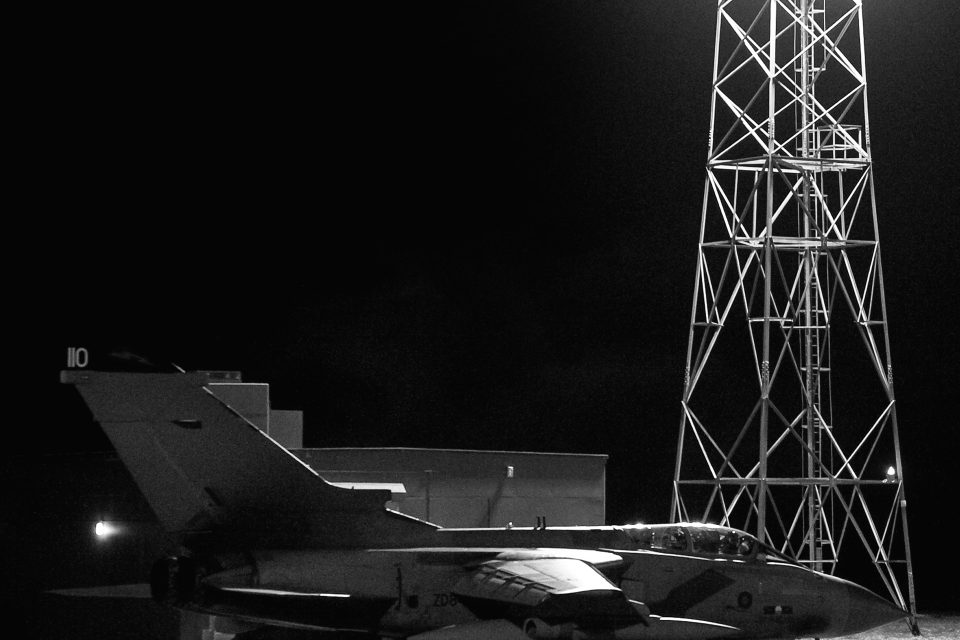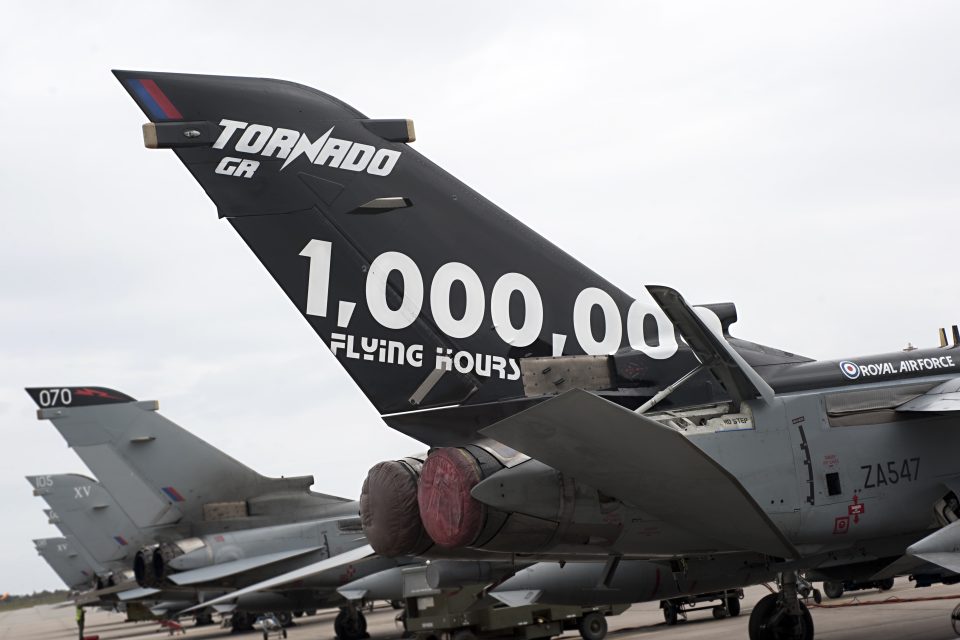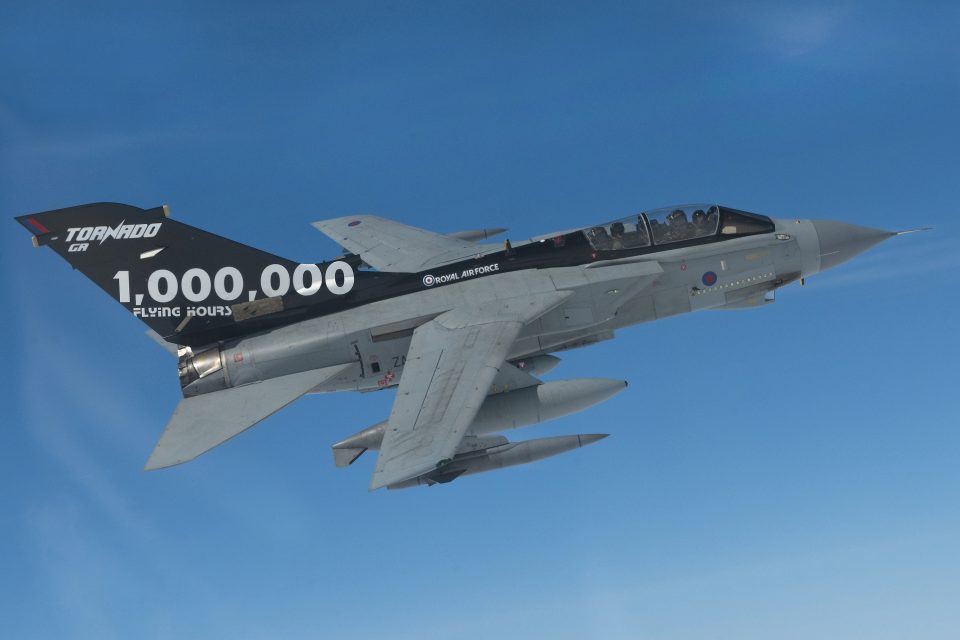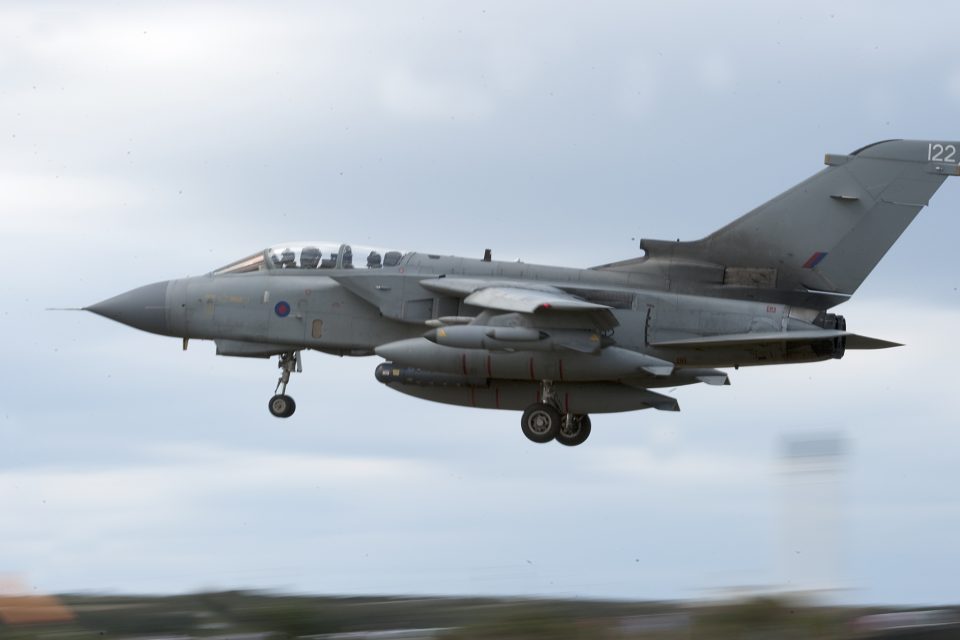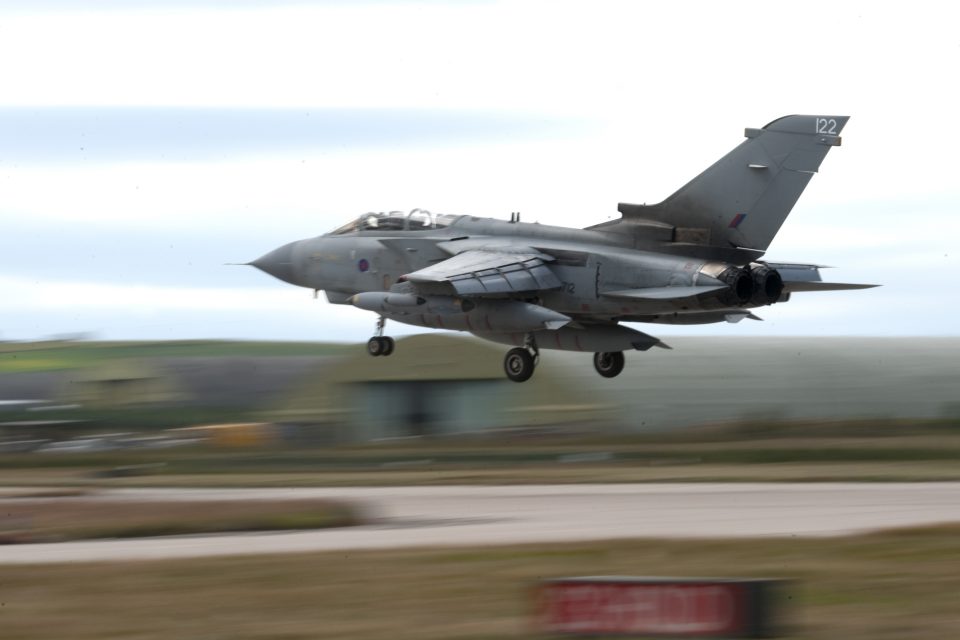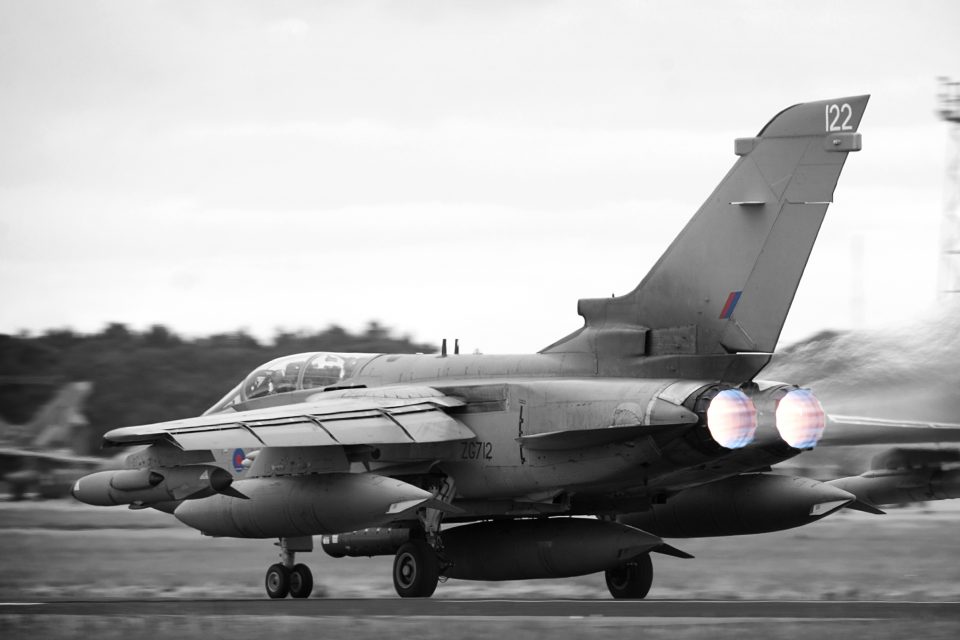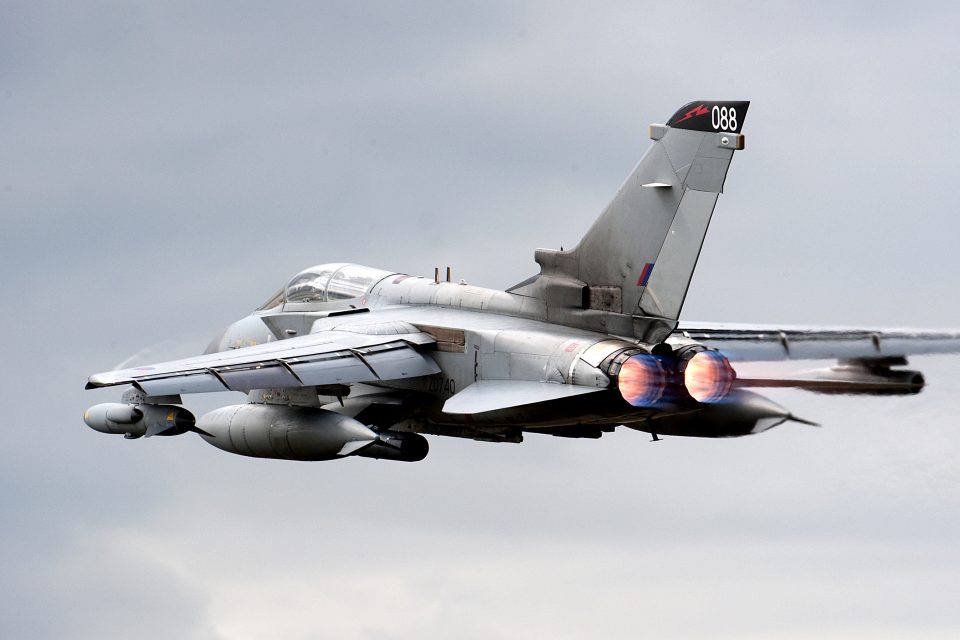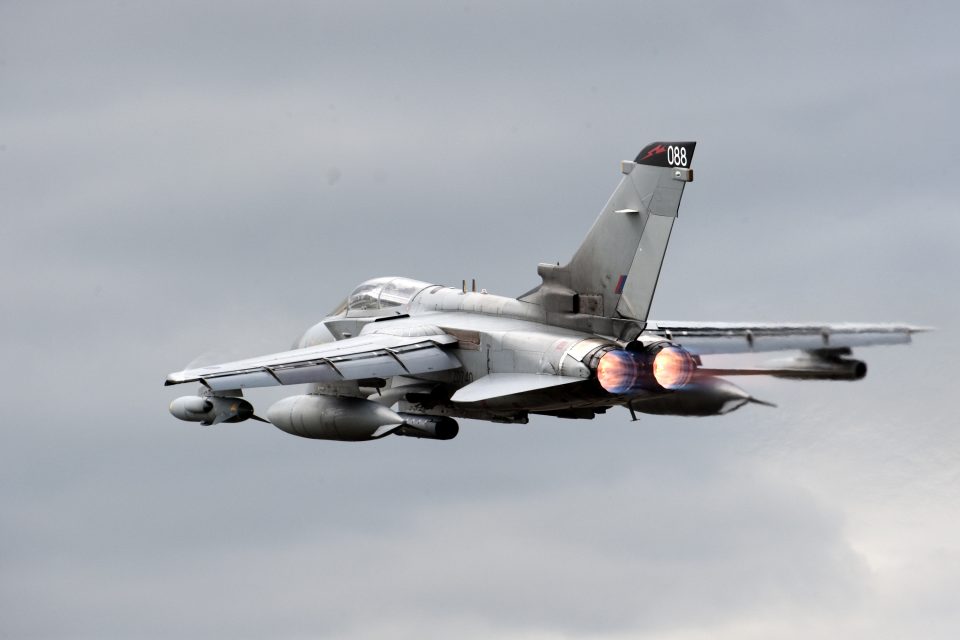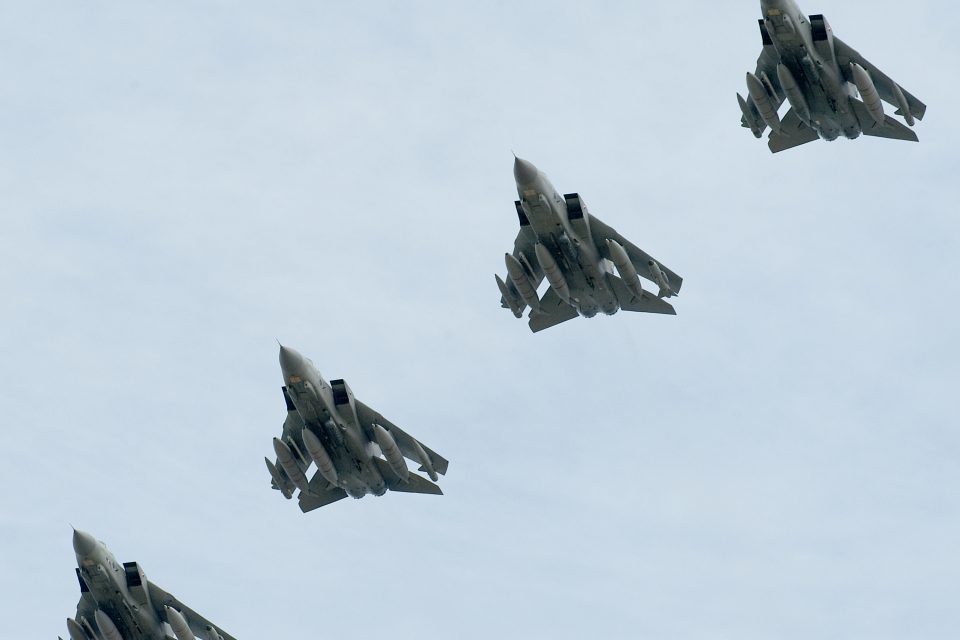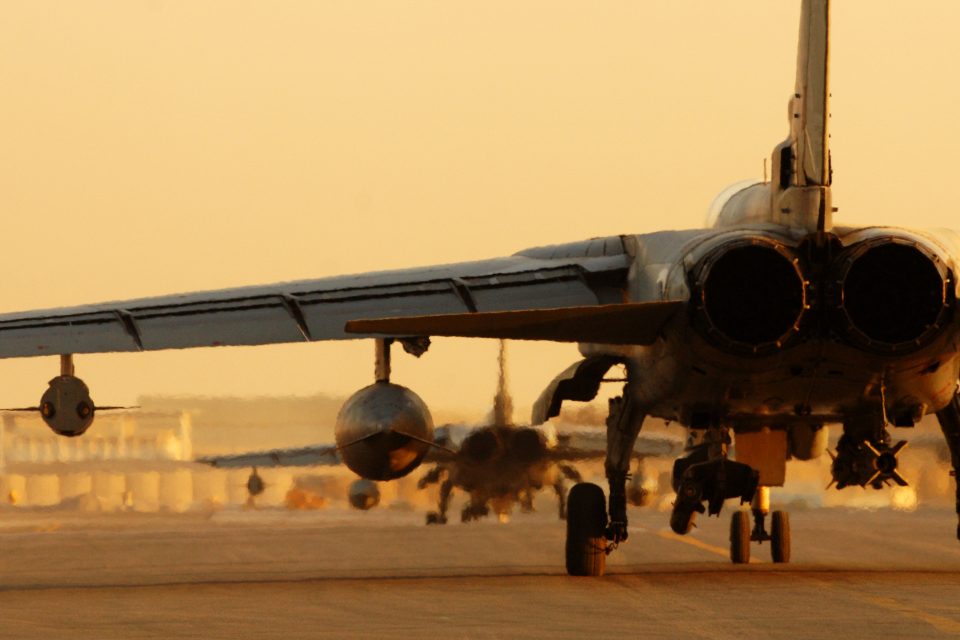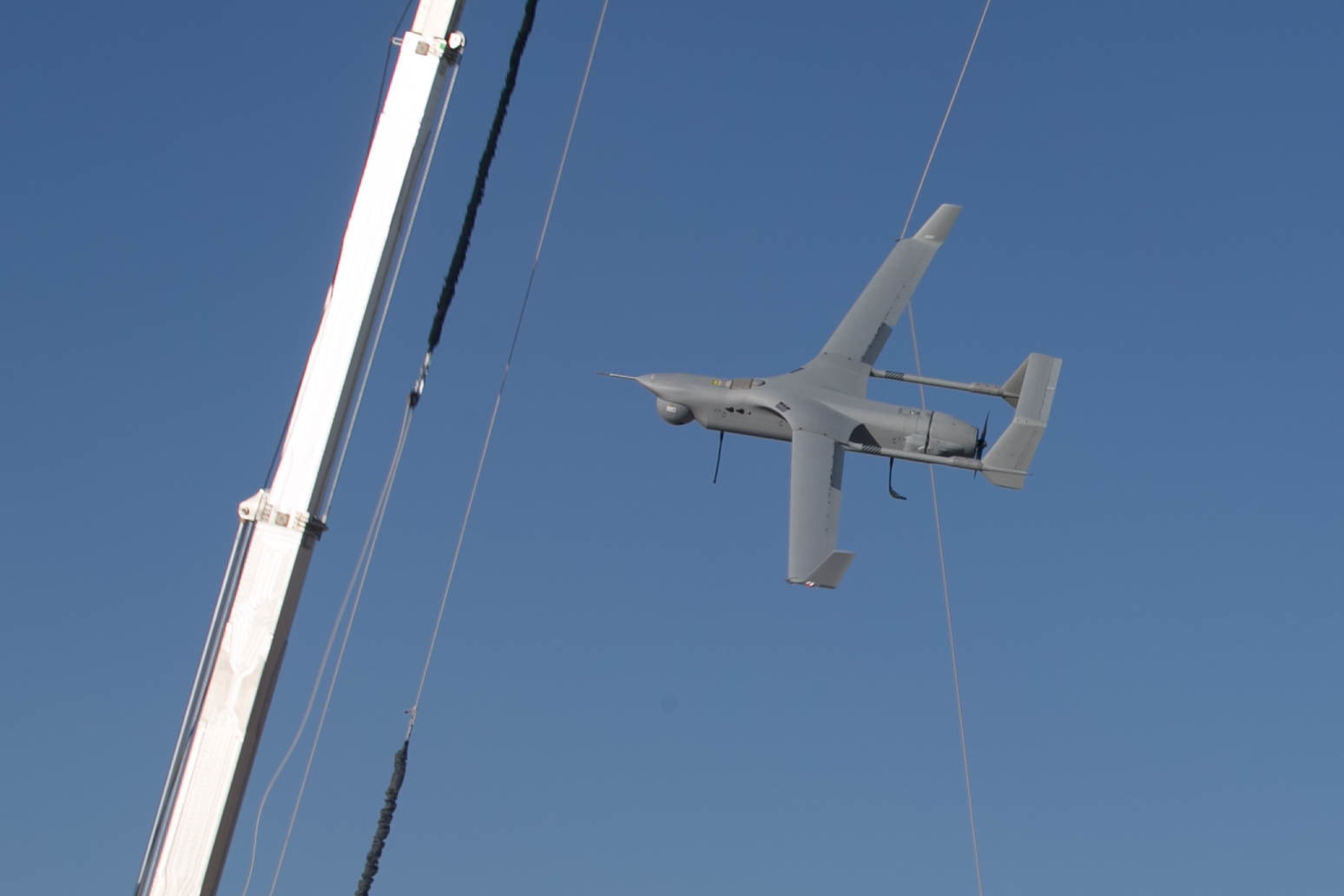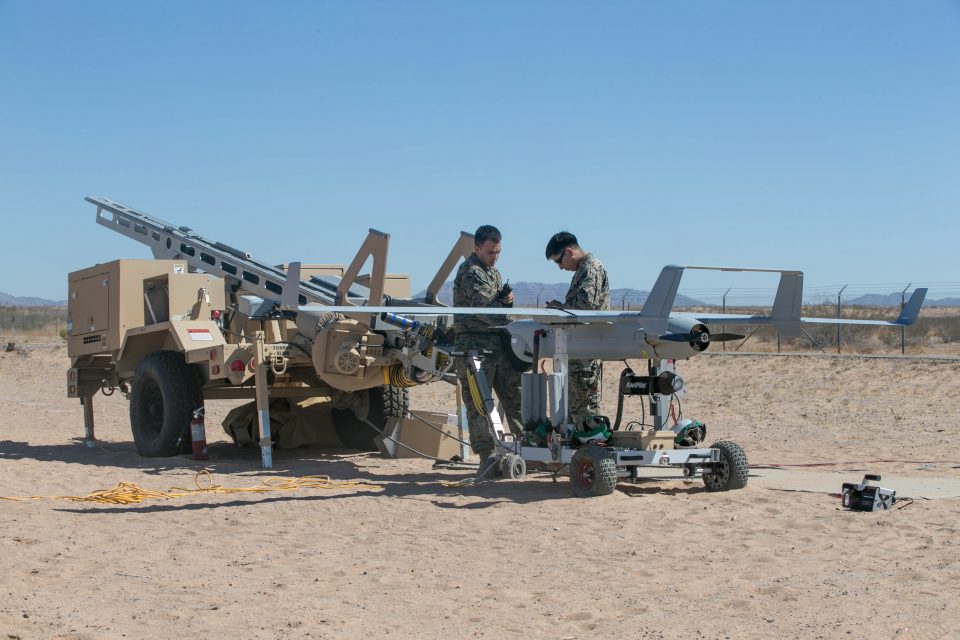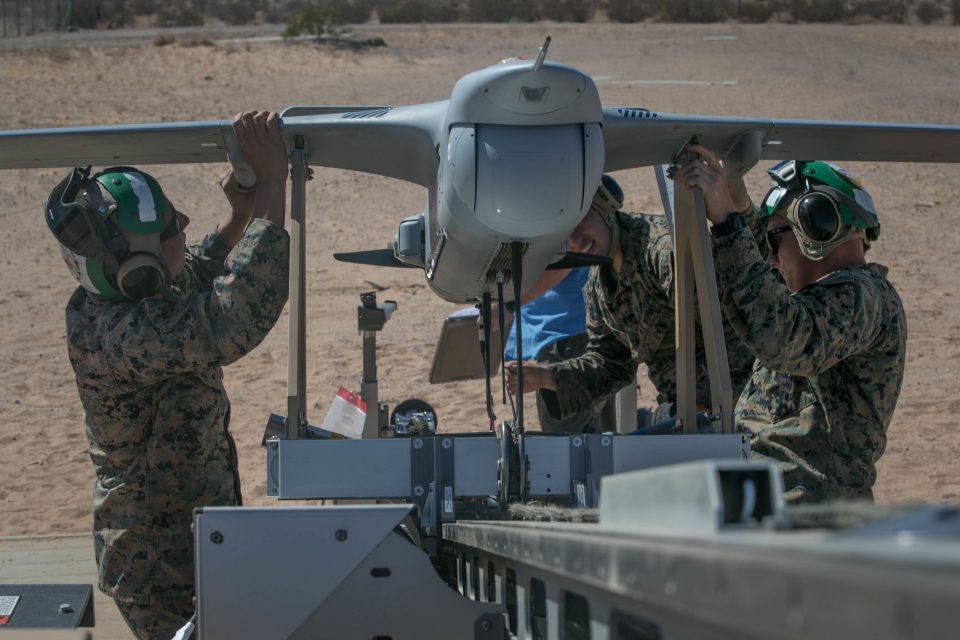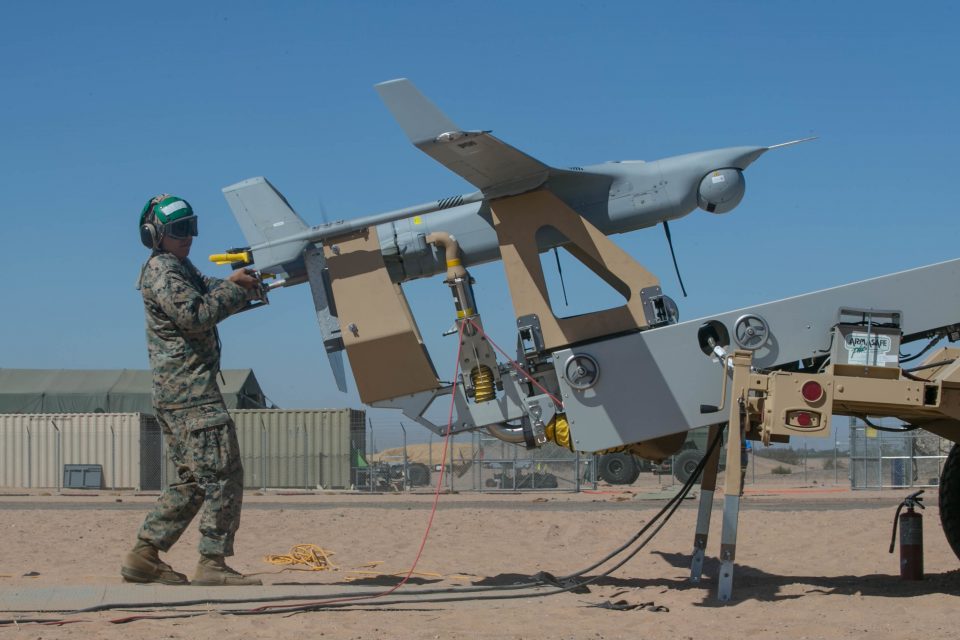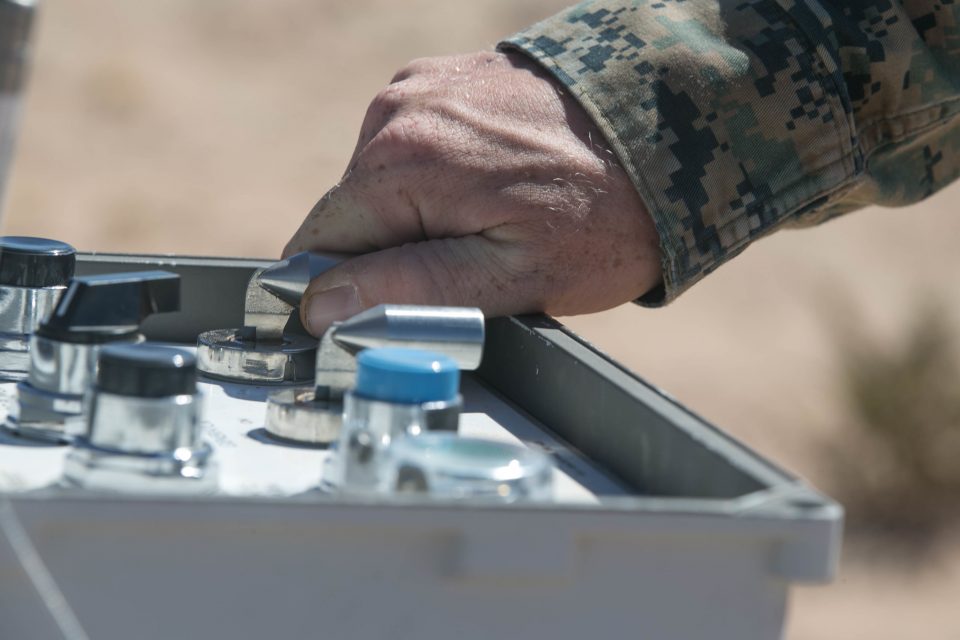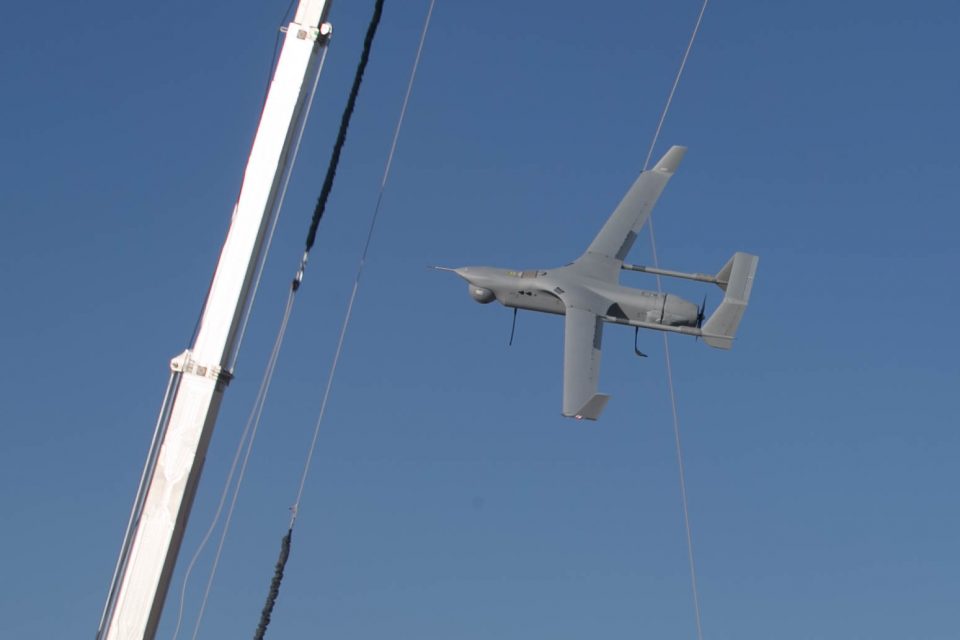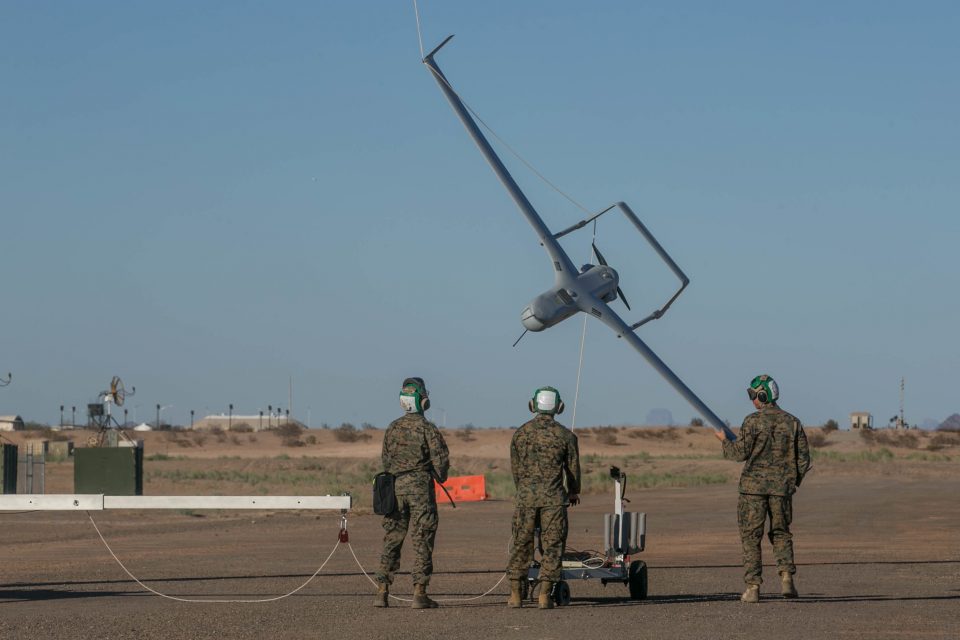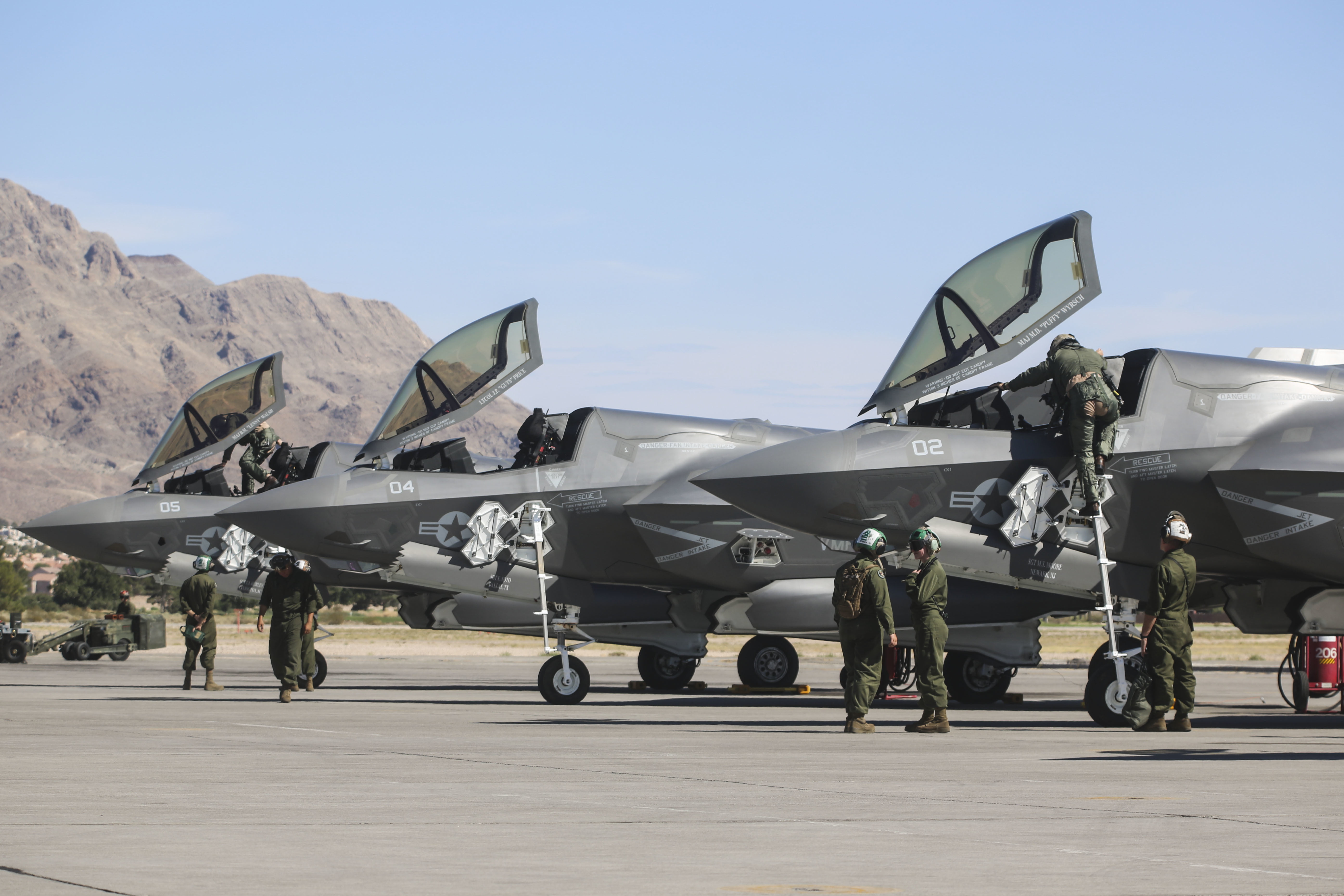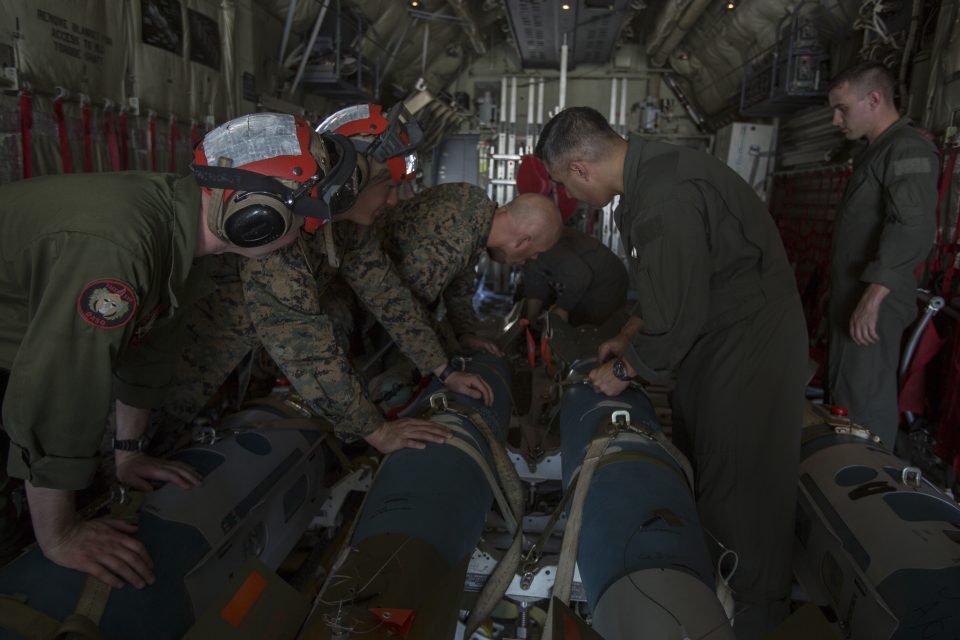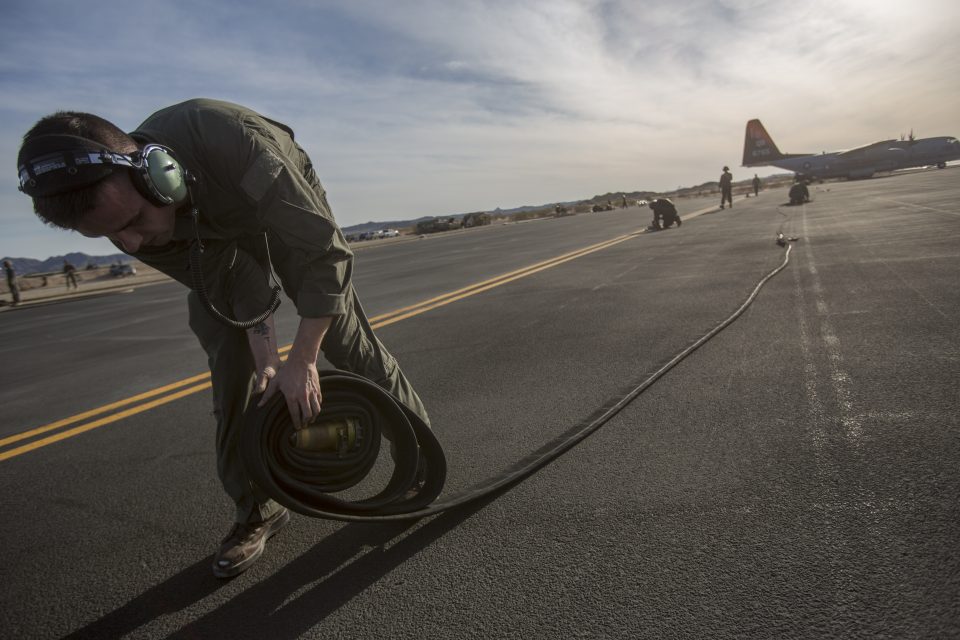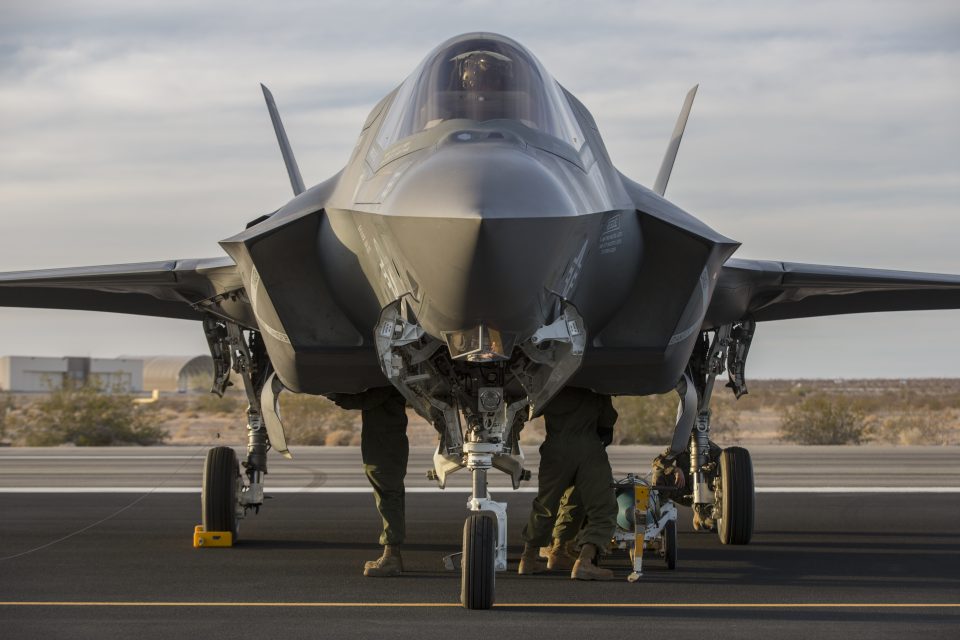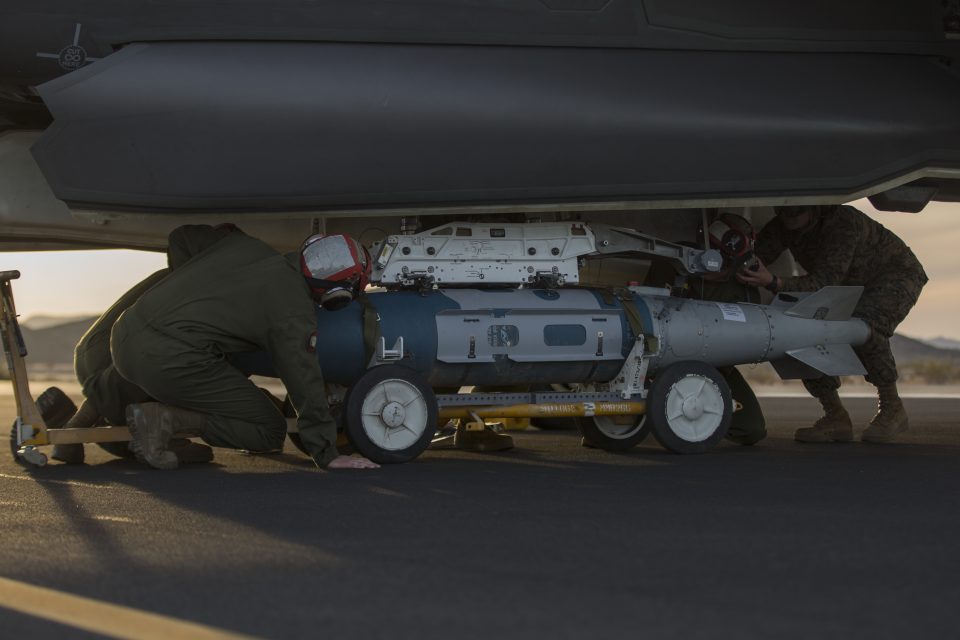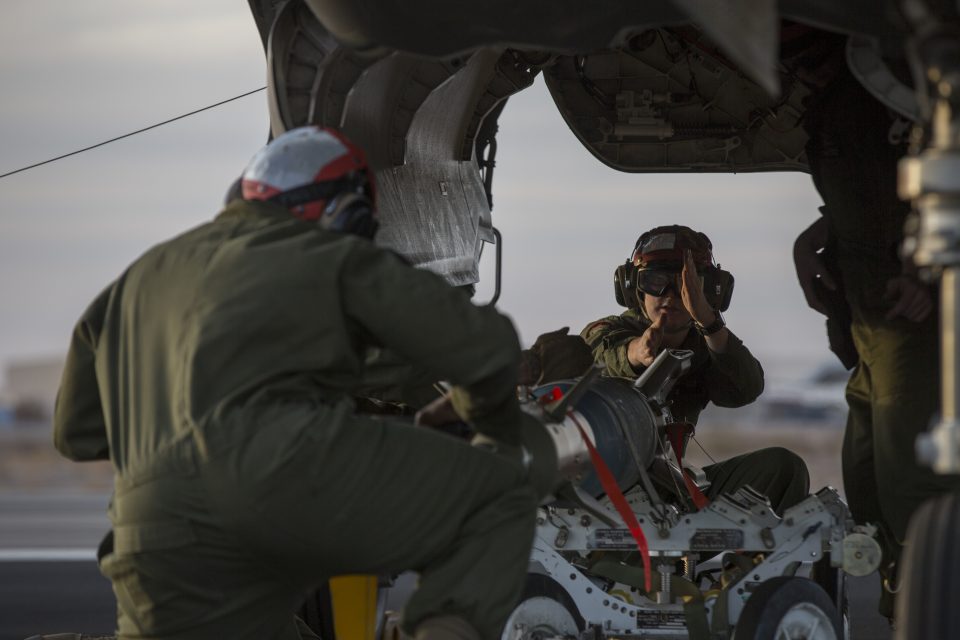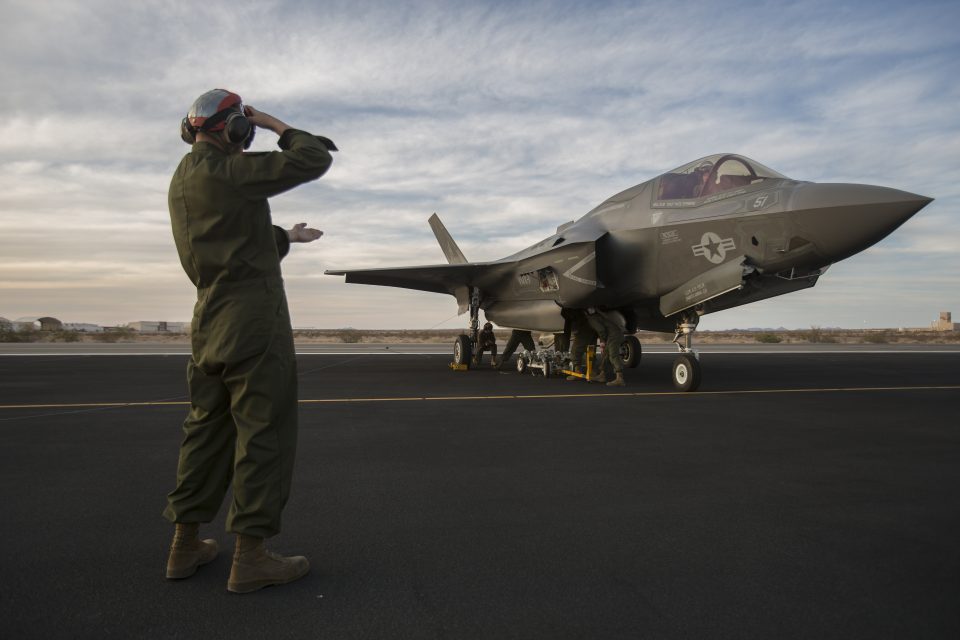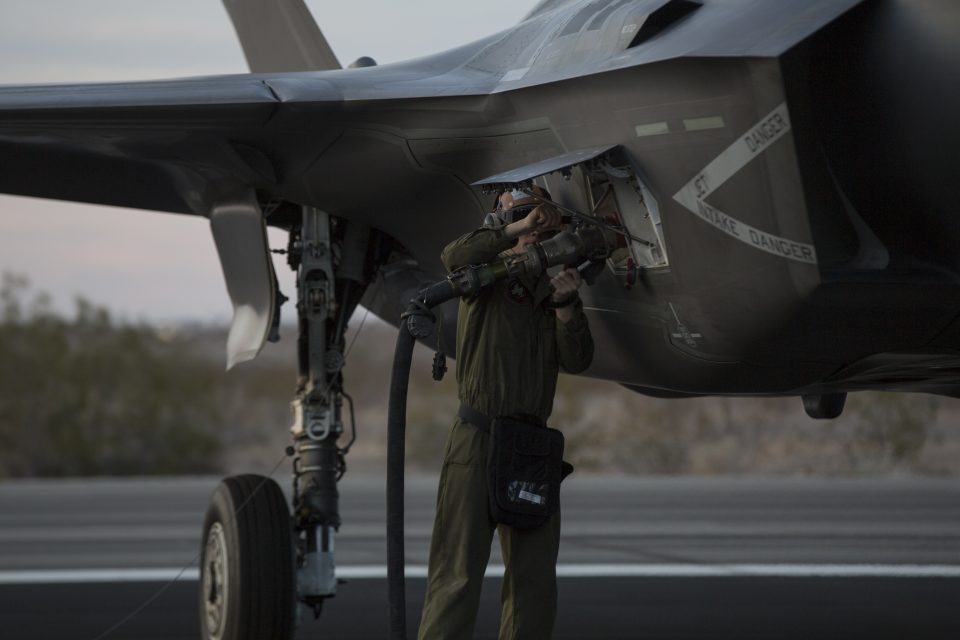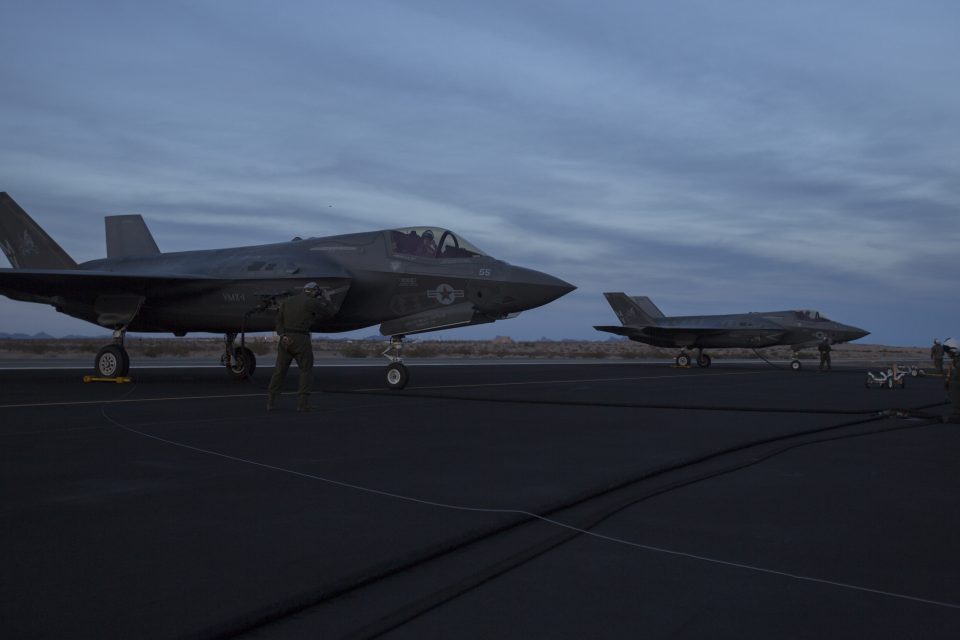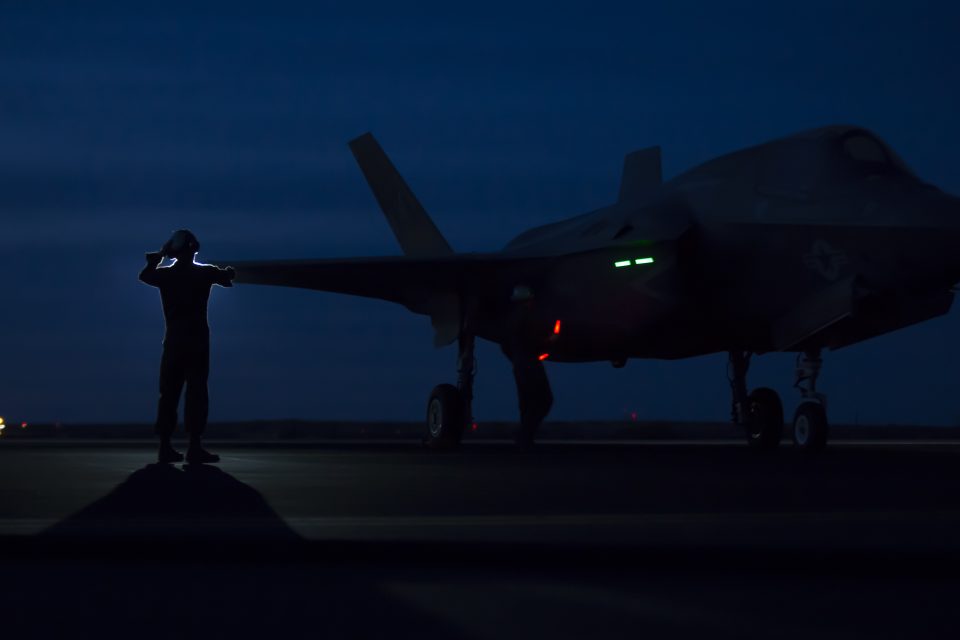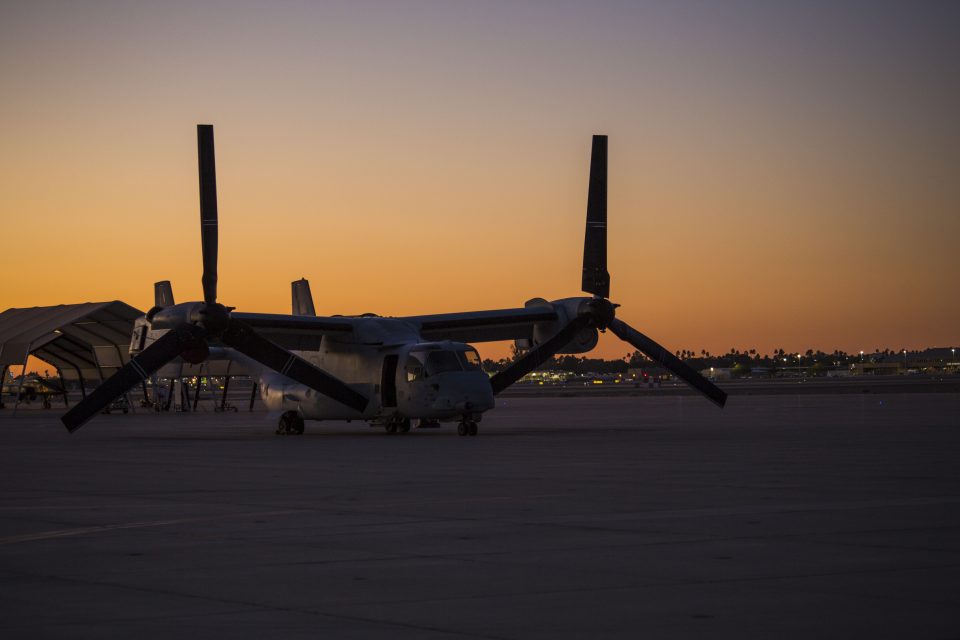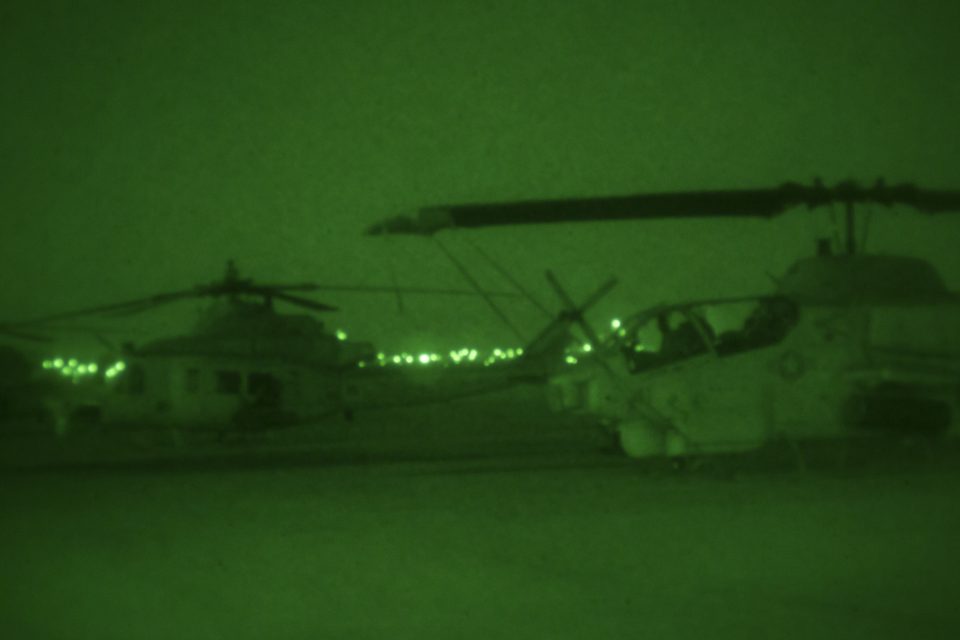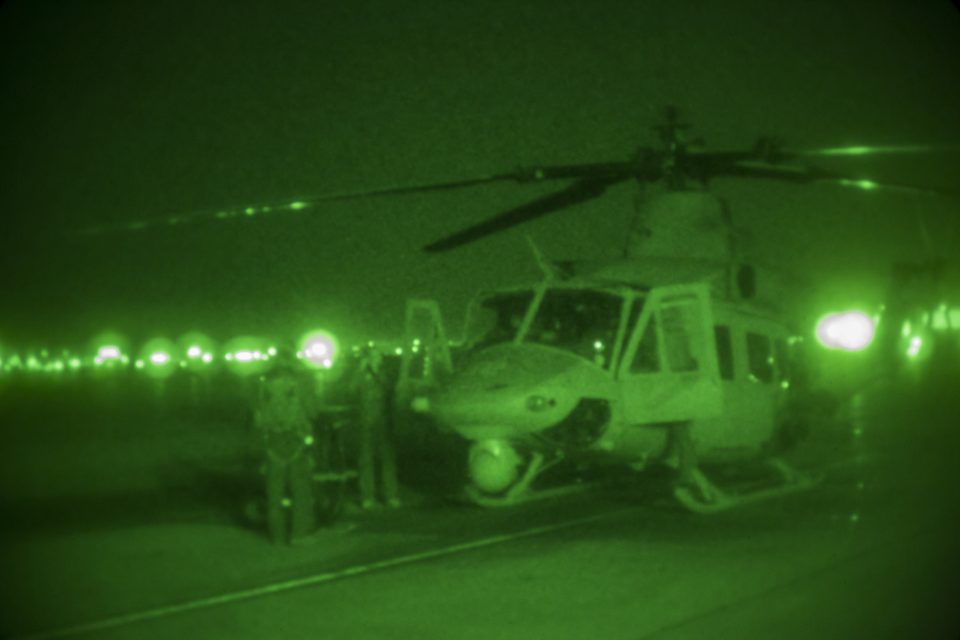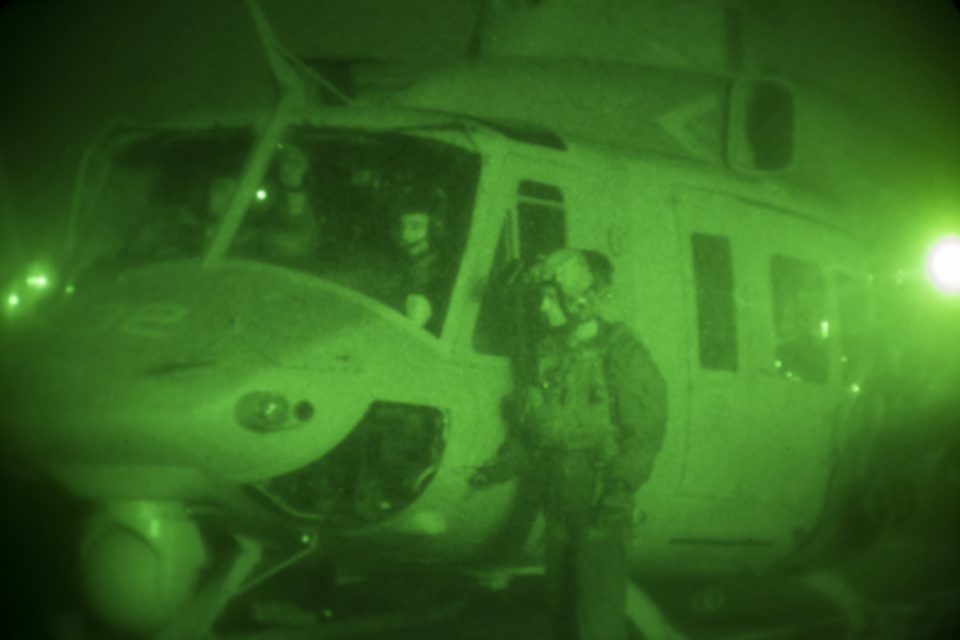By Robbin Laird
The UK MoD, the RAF and its industrial partners have been at the cutting edge in finding a path to enhanced combat aircraft availability through the evolution of its approach to performance based logistics.
It has been and is a journey, one which started with parts support, to systems support to where they are working now with the new Typhoon support contract, TyTAN.
The new approach now embraces a fleet support approach in terms of combat air availability, and given the key role, which the Brits are playing in F-35, their work in this field can certainly inform a way ahead for the global support approach for the F-35 as well.
But the harbinger of the new approach was born with the Tornado support contract.
When I discussed this approach with now Air Vice Marshall Harvey Smyth when he was the Lightning Force Commander, he underscored how important the Tornado support approach was to him as the Tornado force commander and how he clearly wanted lessons learned in that program applied to Typhoon and F-35 as well.
Air Commodore Smyth spoke at some length and passion about his experience as the Tornado Force Commander, where a 40+-year-old aircraft was able to be maintained throughout the very high tempo ops facing an aging force.
He argued that simply put: “We could not have had the operational performance of the aircraft without our exceptional contractual and joined-up working relationships with BAE Systems and Rolls Royce.”
The contracts deliver a product – an aircraft able to go to combat, and he would like to see the focus shift from payments to industry based on simple aircraft availability, to ones based on dispatch rate and mission achievement for combat aircraft.
Air Commodore Smyth also discussed the ROCET contract with Rolls Royce as an example of how to do sustainment leveraging using the right kind of industrial-service partnership.
“In the ROCET contract, a few years ago we contracted Rolls Royce to do our FOD management for us.
We were probably trashing upwards of 2 or 3 engines a year through a FOD.
We were doing everything we could from an air force point of view to be good managers of foreign object damage.
We incentivized Rolls Royce to take that on, and as the subject matter experts, they were, and are, fantastic at it.
In fact last year, we had zero engines rejected due to FOD, and that’s down to them applying proper analysis and procedures and recommendations with regards to how to drive down a FOD-engine repair rate.
All of a sudden it’s a win-win for everybody.
As a Force Commander, I get better operational capability out of my airplanes.
I also have engineers that aren’t changing engines, and are able to concentrate on other work.
Rolls Royce makes more money due to the contract incentivization, and I get much better operational performance.
Why wouldn’t this be a good thing?
More importantly, we do this effort together, as a Whole Force, so regardless of being Industry or Serviceman, we are all pulling together to deliver operational excellence.”
He clearly wishes to see the F-35 program build on this historical experience and not follow the USAF historic approach to sustainment with their F-15s at Lakenheath.
During my most recent trip to the United Kingdom in May 2018, I had a chance to visit RAF Marham and Coningsby and to discuss the Tornado support approach at Marham and the Typhoon approach at Coningsby.
At RAF Marham, I was able to sit down and talk with Sam Myatt, Head of Fleet Operations and General Manager from BAE Systems at RAF Marham.
She is the General Manager for BAE Systems in charge of the ATTAC contract, or the Availability Transformation Tornado Aircraft Contract.
BAE Systems describes the contract as follows:
The contract, known as ATTAC (Availability Transformation: Tornado Aircraft Contract), includes on-aircraft maintenance of the GR4 fleet, spares support, technical support and training.
The approach builds on availability improvements and cost reductions achieved through earlier pilot programmes.
She has many years of experience – including 18 in the RAF — working on a variety of combat aircraft, including Tornado. She worked on the inception of the ATTAC contract from the RAF side then later joined BAE Systems to join the other side of the partnership.
During our time together, she provided a wide-ranging look at the evolution of the support approach for this aircraft, which has been in operation since 1979-1980.
She explained that the contract has been executed as a partnership among the RAF, BAE Systems, and MoD’s Defence Equipment and Support (DE & S) organization.
At the outset, a key challenge was to find a mechanism where the RAF could be clear about their expectations and DE&S and BAE Systems roles became clear.
It was especially important from the industry side to have metrics of performance against they would be held accountable and for which they would be paid as well.
The mechanism, which emerged, was the CASP or the Command Acquisition Support Plan.
According to Myatt: “Through this plan the RAF would project their anticipated requirements for the coming years in terms of how many aircraft the RAF thought they would need and how many flying hours they required to be available. “
“Prior to this, the RAF would do traditional maintenance planning.
“They would move from aircraft to aircraft until their maintenance hours were wrung out of them.
“It was a sequential maintenance process; not a fleet approach.
“It was single airframe driven.”
“With the contract, the RAF could step back and look at the mix of aircraft, reconnaissance or strike, they projected they would need in a 12-18 month time frame.
“And then could focus on ways to ensure availability of the right mix of aircraft for operations.”
“This also allowed DE&S to have a commitment from Air Command with regard to their anticipated needs.
“They then could contract with us in terms of how many aircraft were needed to fly a projected set of flying hours in a 12-month period.”
“So instead of having to burn through money to support operations, the team was able to focus on aircraft availability for the RAF to do what the UK government wanted it do.
“And we could collectively focus on the having the right capability of available aircraft.”
“It was a challenge to put such a planning process in place, rather than having money flow to the problem without regard, to thinking overall about how best to make aircraft available.”
Question: But how has the relationship between RAF maintainers and BAE maintainers worked out in practice?
Who does what and how does this make the RAF more effective?
She explained that the focus was upon working the system for maintenance at the home bases in the UK and the system for supporting expeditionary operations.
With the contract, the RAF could focus on support to the edge of the spear, namely supporting expeditionary operations.
BAE systems could focus the majority of its effort at maintenance at the home bases, but with a mix of RAF maintainers so that their skill levels for deep depot maintenance was at a good level as well.
“Because of the way the contract worked, if there was a deeper level engineering problem with a deployed aircraft, it could be sent back and we would swap that out with one we had ready back at the home base.”
“That meant that the engineers at forward only had the number of aircraft they required.
“There is no point in having a squadron with 15 aircraft if they only have manpower to engineer 10.”
“In the contract, we would be able to provide a replacement aircraft within 72 hours for any that had a deeper level of fault investigation or repair required for both UK based and deployed aircraft.”
“We would take that aircraft out of the forward fleet, bring it back to the maintenance hangar to get the repair done, and give the RAF another aircraft, so they could maintain the level of availability they required.”
“The goal has been to ensure that the RAF had the right aircraft at the right time and in the right place.”
Question: With industry building a significant reliability data base, the BAE engineers and maintainers can provide some significant learning baselines as well, one would assume.
Is that correct?
Myatt: It is and let me give you an example.
“There is are many control panels in the cockpit.
“The RAF technician will do what he thinks is the right thing to do but perhaps the same problem comes up a couple of flights later.
“The technician will repair it the same way.
“But our engineers may well have identified an alternative procedure to fix the problem at the forward or deployed base or even something we need to fix when we do deep maintenance.”
“And the reachback function into our industry is a key to availability from deployments to our home bases.”
“With targeted engineering information, we can increase the serviceability of a very old aircraft, and one that is mechanical, not digital, as the newer ones are.”
Because it is a mechanical aircraft, data needs to be put into the computer systems manually.
And they generate learning tools from that data to enhance the serviceability of the aircraft.
“We have developed with the RAF a system capture tool, whereby when the pilot returns to base and they have an issue, they will identify the conditions they noted at the time they had the problem.
“And we can use that data to analyze the problem.”
“Based on what we learn, we can then develop procedures for dealing with that problem when it happens in the future.
“But again, we are working on the issue of whether regular problems can be better solved by deeper level maintenance approaches to solve the problem.”
Question: Are you surprised at how successful the effort has been to generate significant availability rates for an older aircraft?
Myatt: Not really.
“The key was that from the beginning there was a real commitment from the MoD and the RAF to find a way to get enhanced availability for lower cost.
“It did not take too long for people to actually understand the benefits. ATTAC has been a hugely successful contract for us, BAE Systems and for the MoD.”
Question: The core shift is to find ways to do fleet management and obviously the ATTAC contract has been a key stage in the process.
How important is getting to a fleet management approach?
Myatt: Fleet management has taken time over the past 15 years to come to the fore.
“If you do it aircraft by aircraft with no sharing of information among partners as well, you will not have a fleet approach.
“For instance, air-forces around the world have flown Tornados in very different conditions to what we typically find in the UK.
“But by not having data shared across the global fleet, we end up with little to no engineering information generated through other user experiences.
“If there was data being shared across the global fleet, we could do a better job in reducing the number of engineering issues that might occur with UK Tornados meeting these different weather conditions.”
“If you’re flying the same aircraft you’re going to get the same issues.
“If you’ve got the same components in the aircraft, then you’re going to get the same faults such as sand ingress, and how that affects the air systems.
“If that data was there from day one, who knows how much money the UK could have saved on parts and engineering hours.”
“That will clearly be the case for F-35.
“There is an opportunity with a global support system, to do this from day one, and could improve performance and save money at the same time.”
Note: The RAF provided the following overview on the Tornado GR4 on the RAF website.
The Panavia Tornado GR.Mk 4 is the UK’s primary ground attack platform and also fulfils an important reconnaissance role. The aircraft conducts attack missions against planned targets, armed reconnaissance against targets of opportunity and close air support (CAS) for ground forces, typically under the control of a Joint Terminal Attack Controller (JTAC).
For attacks against pre-planned targets the Tornado GR4 usually employs GPS/laser-guided bombs from the Paveway family, or the Storm Shadow cruise missile, the latter fired from considerable stand-off ranges. In the armed reconnaissance and CAS roles, Tornado normally carries a mix of Paveway IV and Dual-Mode Seeker Brimstone, combined with a Litening III targeting pod, and in addition to the internal 27mm gun. This gives the crew an unparalleled array of options to engage targets with the most appropriate weapon, achieving the desired result with minimum, if any, collateral damage.
CAPABILITY
With its mix of weapons, the Tornado GR4 is capable of engaging all targets on the modern battlefield. Paveway III and Storm Shadow afford the ability to strike bunkers and other hardened facilities, while Brimstone is effective against armoured vehicles, both static and on the move. Dual-Mode Seeker Brimstone enables precision strike against targets with collateral-damage challenges; these can be moving at high speed and still successfully engaged.
Paveway IV offers huge tactical flexibility, with cockpit-programmable impact angle, impact direction and fuse delay offering precisely tailored strike on planned and unplanned targets. The 27mm gun offers the ability to strike targets including light vehicles and personnel; it proved invaluable in Afghanistan for halting insurgent ambushes when crews strafed into tree lines.
During Operation Ellamy in 2011, Tornados flew from the UK to strike targets in Libya using Storm Shadow missiles, a round trip of more than 3,000nm, accomplished with essential support from Vickers VC10 and Lockheed TriStar tankers. Some missions saw the Tornados launch their missiles and then turn for Gioia de Colle, Italy, where they joined other Tornados, and Typhoons, in a sustained campaign against Libyan government forces.
Through its unique weapons effects and the RAF’s air-to-air refuelling capability, Tornado provides the UK Government with a rapid and flexible crisis response tool.
TYPE HISTORY
Britain’s relationship with variable geometry (VG) wing design dates back to the 1950s when Sir Barnes Wallis, better known for developing the Upkeep ‘bouncing bomb’ used by 617 Sqn ‘The Dambusters’ in 1943, worked through several VG concepts. Barnes and others recognised that with a VG aircraft’s wings swept forwards, or spread, it could use shorter runways and display greater manoeuvrability, before sweeping them back for maximum high-speed performance.
From the 1940s into the early 1970s, VG wings were an excellent solution to difficult aerodynamic and operational challenges, although at a penalty of additional airframe weight compared to fixed wings. The advent of more advanced aerodynamics, and especially of powerful, lightweight computing systems, enabled designers to extract similar performance without the weight and complications of VG.
Although no aircraft were built as a result of Wallis’s work, it inspired the British Aircraft Corporation (BAC) P.45 VG fighter-bomber study and subsequent Anglo-French Variable Geometry (AFVG) attack/interceptor concepts, from which France soon withdrew, but the UK continued as UKVG.
Looking for an industrial partner, BAC approached West Germany’s MBB, which was on the verge of termination of the Advanced Vertical Strike (AVS) vertical take-off and landing aircraft on which it had worked with US companies. It was already also contemplating a single-seat, single-engined lightweight fighter-bomber as the Neue Kampffluegzeug (NKF). There was some commonality in intended role between UKVG and NKF, and the difficult process of international collaboration began.
The Luftwaffe’s primary requirement for NKF was to replace its Fiat G.91 and Lockheed F-104 Starfighter fleets and since Belgium, Italy and the Netherlands had similar F-104 issues, they joined with West Germany in January 1968 to propose an NKF-informed Multi-Role Aircraft for 1975 (MRA 75). The UKVG had, meanwhile, been replaced by two concepts, one for a light combat aircraft and the other for a heavier, twin-engined design.
In concept the latter was close to MRA 75 and on July 25, 1968, Belgium, Canada, Italy, the Netherlands, West Germany and the UK launched feasibility studies around the requirement. Belgium and Canada soon fell by the wayside since they were primarily looking for an interceptor, but in December, BAC, Italy’s Fiat and MBB formed a joint industrial company to formally develop a new aircraft.
BAC and MBB had quite different VG designs in progress, the former focussing on a twin-engined aircraft powered by two new technology RB.199 turbofans, while the MBB concept relied on a single General Electric TF30 engine. Compromise was eventually agreed and the layout for a new Multi-Role Combat Aircraft (MRCA) described in a March 14, 1969 meeting. The joint industrial company formed the previous December became Panavia on March 26 and BAC, MBB, Fiat and VFV-Fokker in the Netherlands began work.
Although a degree of compromise had been reached, Panavia was established to produce a single-seat Panavia 100, primarily for interception duties, and a two-seat Panavia 200, which satisfied the UK requirement for a long-range attack aircraft. Neither specification really suited the Dutch, who needed a multi-role interceptor/attack aircraft, rather than a pure interceptor or heavy, long-range striker and the Netherlands soon withdrew from the programme. In November 1969, Fiat merged with Aerfer to form Aeritalia and it was therefore this new concern, along with BAC and MBB that continued MRCA development, the single-seat requirement fading away during 1970.
A new company was formed to develop the RB.199 turbofan, Fiat, MTU and Rolls-Royce creating Turbo-Union. The resulting engine was extremely compact, enabling a relatively small airframe design, and incorporated afterburning for an unprecedented thrust increase of near 50%.
With the Panavia 100 concept extinct, the MRCA authorised for prototyping in 1970 was a two-seat, multi-role aircraft with provision for a range of air-to-air missiles, but when the first prototype completed its maiden flight from Manching on August 14, 1974, it was optimised for air-to-ground work. Nine prototypes and six pre-production aircraft were built, the last of the latter flying almost three years after production had been authorised on March 10, 1976.
Back in 1971, the RAF had, ironically, laid out its plans for a stretched interceptor variant of the MRCA, although the UK’s intention to pursue such a development dated back as far as 1969. By the time the first of the pre-production aircraft flew on February 5, 1977, the MRCA had become Tornado, specifically Tornado Interdiction Strike (IDS), since the RAF interceptor had become the Tornado Air Defence Variant (ADV). Featuring minor equipment variations compared to the West German and Italian IDS aircraft, the initial RAF Tornado variant was the GR.Mk 1, which first arrived with the Trinational Tornado Training Establishment (TTTE) at RAF Cottesmore on July 1, 1980.
The TTTE trained aircrew from all three Panavia nations, using relatively small numbers of dual-control aircraft that retained all the capability of their regular counterparts. The RAF’s first frontline Tornado squadron exchanged Avro Vulcans for Tornados in 1982. Re-forming at RAF Honington on June 1, No. IX (Bomber) Squadron has remained with the aircraft ever since.
Meanwhile, the Tornado ADV had flown for the first time on October 27, 1979, beginning a long and somewhat troubled test programme for what had become known as the Tornado F.Mk 2. The aircraft’s radar caused most concern and the F2s delivered to 229 OCU from November 1984 carried ballast rather than the detection equipment. They were never brought up to full ADV standard, represented by the Tornado F.Mk 3, which formally entered frontline service with 29 Sqn on April 1, 1987.
Over almost 25 years in service, the F.Mk 3 was dramatically upgraded, initially for the 1991 Gulf War, which also saw new systems and capabilities added to the GR.Mk 1. The brief conflict saw the attack Tornado employed in the low-level airfield denial role for which it had been designed, before switching to medium-altitude laser-guided bombing, for which it had not.
A handful of aircraft introduced the prototype Thermal Imaging Airborne Laser Designator (TIALD) pod into service before the fighting ended, marking the start of a precision attack capability that has become the Tornado’s hallmark. Since 1991 there has been little relief from combat operations, with Tornado GR.Mk 1 and F.Mk 3 active in policing and combat missions over the Balkans and Iraq, then back to Iraq in force for Operation Desert Fox in 1998 and Telic, the UK contribution to Operation Iraqi Freedom, in 2003. The GR1 fought alongside the dramatically upgraded Tornado GR.Mk 4 in 2003, the latter bringing true precision capability to the jet and compatibility with the Storm Shadow cruise missile, which 617 Sqn debuted in service during the conflict.
As soon as the GR4 was released from combat over Iraq, it deployed for Operation Herrick, replacing the McDonnell Douglas/BAe Harrier in Afghanistan from 2009. Less than two years later, Tornado Force was simultaneously deploying jets to Kandahar and Italy, for Operation Ellamy over Libya in 2011. Employing Paveway IV and Brimstone in both operations, Tornado exercised precision, low-collateral damage weapons options that remain unique to the RAF.
It also employed the Reconnaissance Airborne Pod Tornado (RAPTOR) system and Litening III targeting pod on intelligence-gathering missions. The Tornado had pioneered digital imaging technologies in its GR.Mk 1A version from December 1986. The variant performed exceptional Scud-hunting work during Granby and remained an important tactical reconnaissance asset. Some GR1As were modified to GR.Mk 4A standard, but with the advent of RAPTOR, the reconnaissance capability has since been absorbed into the general Tornado GR4 fleet.
The Tornado also held a dedicated anti-shipping capability, embodied in the GR.Mk 1B in service with 12 (Bomber) Squadron from 1993 and 617 Sqn from 1994. The aircraft was modified to fire the Sea Eagle missile, but the capability fell into abeyance when the GR.Mk 4 programme began.
Since Operation Ellamy, the Tornado Force has drawn down towards the type’s planned out of service date (OSD), now set for 2019. The 2010 Strategic Defence and Security Review called for a reduction in frontline GR4 squadrons to two, but the need to maintain a constant deployment for Operation Shader saw a squadron re-formed and 12(B) Sqn was thus only very briefly disbanded, returning as a third unit.
The GR.Mk 4 has been subject to a constant series of minor upgrades, gradually enhancing its capability so that today’s Tornado is very far removed from the jet conceived to meet a multinational requirement during the 1960s.
With Tornado’s OSD set, Project Centurion is transferring its capabilities, particularly Brimstone and Storm Shadow, to Typhoon. Two new Typhoon squadrons and the incoming Lightning will take over and build upon the tactics and effects that will have been delivered by Tornado in almost four decades of service.
https://www.raf.mod.uk/aircraft/tornado-gr41/
PANAVIA TORNADO GR.MK 4:
- Powerplant: two Turbo-Union RB.199 Mk 103 turbofans each rated at 16,000lb st (71.50kN) with afterburning
- Length: 56ft 6¼in (17.23m)
- Height: 19ft 6¼in (5.95m)
- Wingspan, spread: 45ft 7½in (13.91m)
- Wingspan, swept: 28ft 1in (8.56m)
- Wing area: 286.33sqft (26.60m2)
- Maximum take-off weight around: 61,600lb (27,950kg)
- Maximum speed: Mach 1.3
- Armament: Paveway II, III and IV series GPS/laser-guided bombs, Brimstone air-to-ground missiles, Storm Shadow cruise missiles, ASRAAM for self defence, one internal 27mm Mauser cannon, plus 1,500-litre and/or 2,250-litre drop tanks, Litening III targeting pod, RAPTOR, Sky Shadow and BOZ countermeasures pods, up to a maximum disposable load of around 19,840lb (9,000kg)
We have published several articles on Tornado, including the following:
https://sldinfo.com/2017/07/weapons-in-the-tornado-typhoon-transition-shaping-a-way-ahead/
https://sldinfo.com/2017/03/the-tornado-transition-squadron-at-raf-lossiemouth-closes-shop/
https://sldinfo.com/2017/03/the-last-tornado-student/
https://sldinfo.com/2016/11/training-the-final-tornado-weapons-instructors-shaping-a-way-ahead/
https://sldinfo.com/2016/11/leveraging-the-legacy-of-the-tornado-the-perspective-of-wing-commander-paul-froome/
https://sldinfo.com/2016/07/visiting-the-tornado-transition-squadron-at-raf-lossiemouth-leveraging-the-past-and-preparing-the-future-for-the-raf/
https://sldinfo.com/2016/05/visiting-raf-lossiemouth-macroberts-reply-and-tornado-thunder/
The featured photo shows XV(R) Sqn tornado aircraft flying in formation for the last time, flying over RAF Lossiemouth and surrounding areas, Wg Cdr Froome OC of the squadron was flying the lead aircraft. Credit: RAF, March 17, 2017.
The slideshow is of RAF Tornados operating at RAF Lossiemouth and are credited to the RAF.



